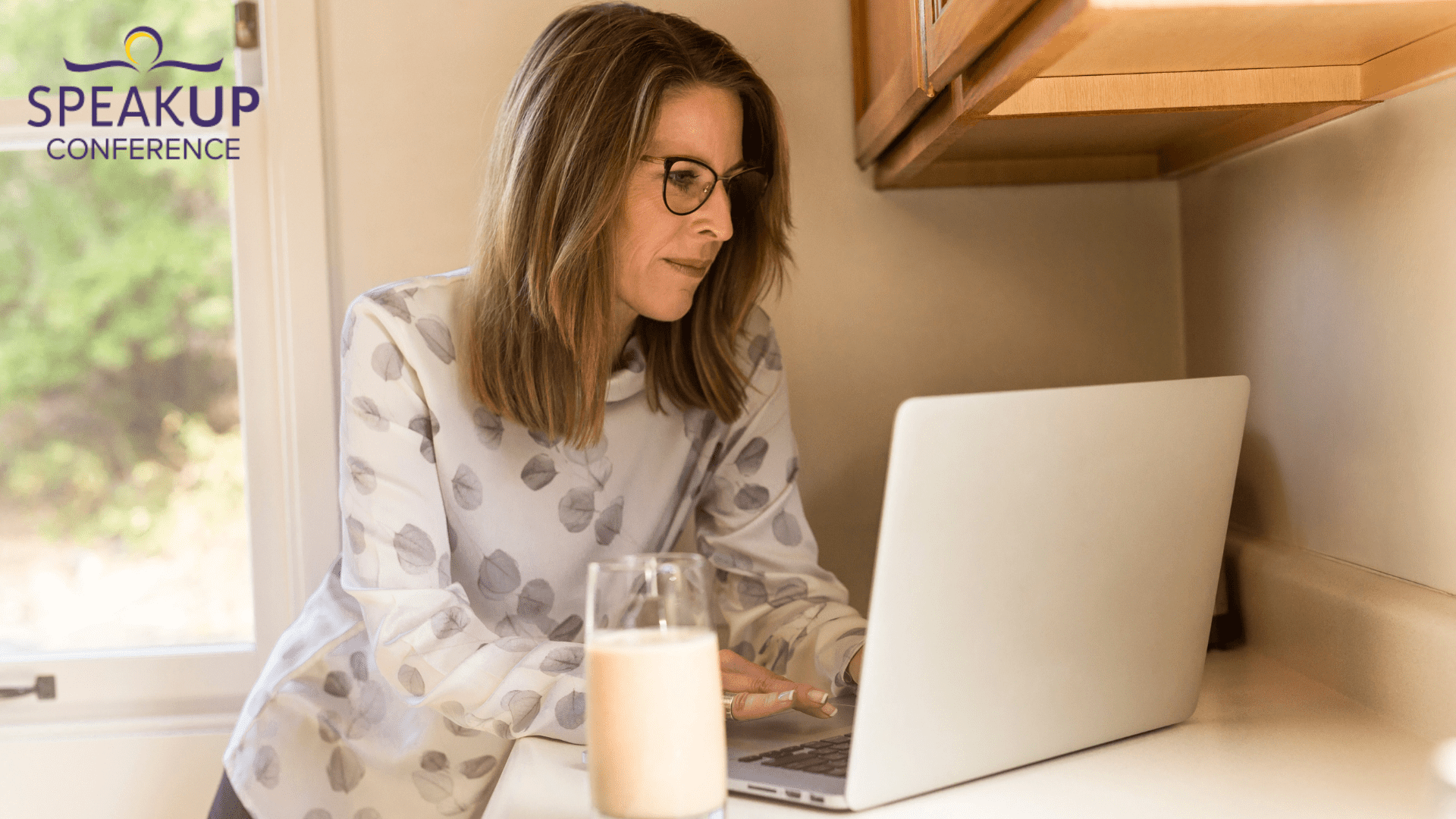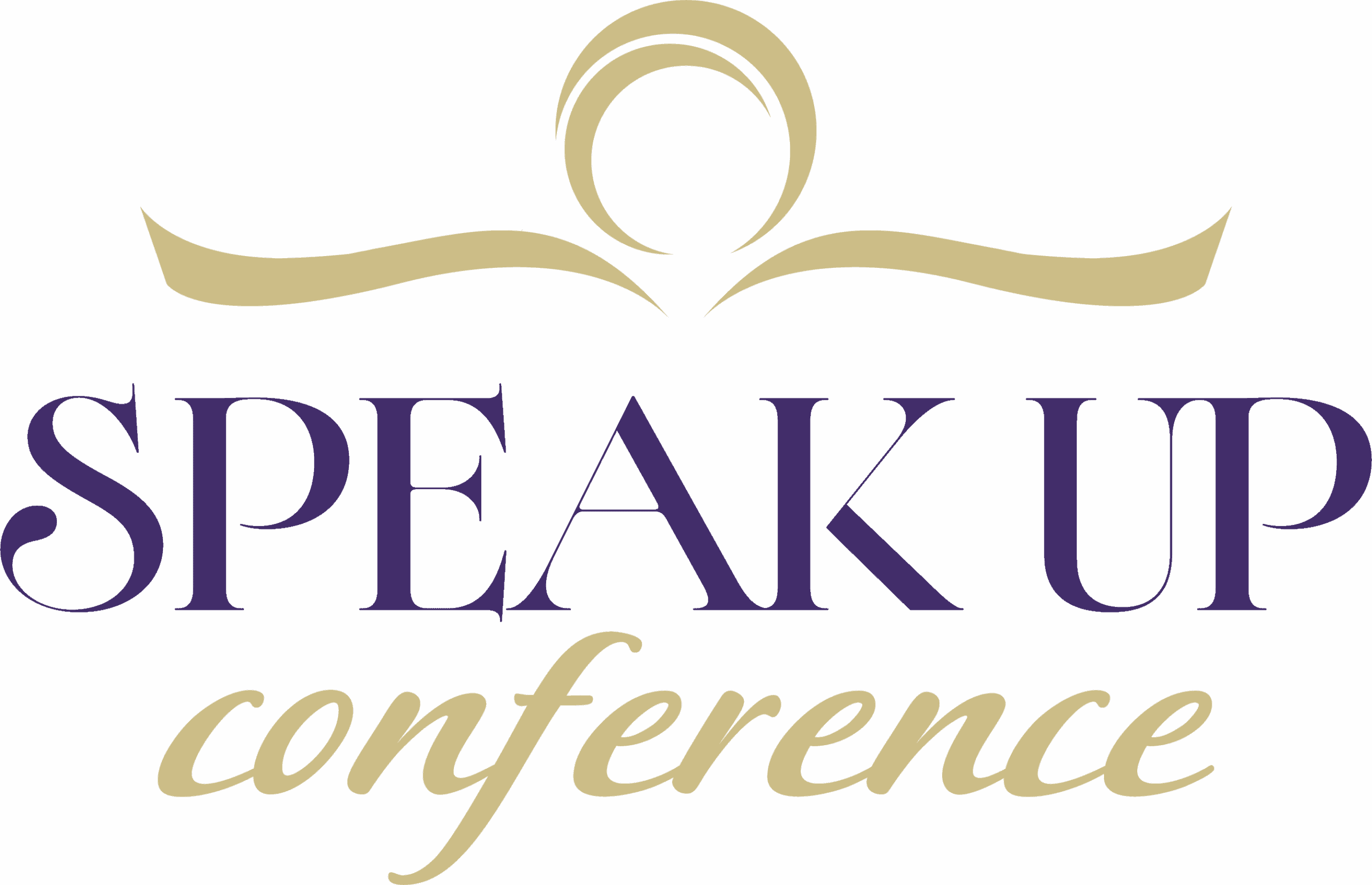
How often have you started a book that got off to such a slow, meandering start that you were just on the verge of giving up on it when, finally, in the middle of chapter two, the story kicks into gear and you began to get interested after all? The intriguing content was there—it was just buried and poorly constructed.
Don’t risk losing your readers. Find the dynamite place to begin that grabs your readers from the first paragraph. These principles will help you achieve that:
Find the “one day” moment. There’s a reason fairy tales begin “Once upon a time…” It’s a convenient rhetorical trick to force the reader or storyteller to begin at the point at which the action becomes necessary to the story he’s telling. Think how different those fairy tales would sound if they began, “Okay—let me fill you in first on the history of the area where this story takes place, and after that, I want to give you a brief character sketch of all of the major characters …” Start at the necessary point, and not a paragraph or page or chapter before. Does that mean you might end up deleting as much as a chapter or two of your book’s rough draft? Yep. Welcome to the world of the writer.
Skip the backstory. This point is related to the first: Think of backstory as something you had to create for your own benefit to enable yourself to write the main story. Your reader probably doesn’t need it at all. Everything your reader needs to know about your characters can be conveyed through their dialog and actions and thoughts in the “present.” And any bits of exposition that your story does need? Give them to readers at the point in your story when they become necessary, even if it’s in chapter twelve—not all lumped at the beginning. Because no matter how badly you think your readers need to read it, if it bores them, they can always put the book down.
Consider several organizational plans for your piece and then choose the best. Sure, it’s possible you intuitively happened upon the best organization before you ever started writing. Possible—but unlikely. Force yourself to come up with several options—chronological, logical, thematic, retrospective, and so on. There are lots of possibilities—find the one that makes the most sense for your piece and that gives you that dynamite opening that will keep your readers pasted to the page.
Lead with the question or conflict that provides the central organizing principle throughout your piece—and word it as provocatively as possible. Would you, for instance, be more likely to read an article that begins “Where science, government, and the nonprofit sector meet, there is great potential for solving social problems. A glance at social advancement over the past hundred years proves …” Or one that begins, “On April 2, 2021, a select group of scientists, US government officials, and heads of nonprofits met in Springfield, Massachusetts, to begin a three-day investigation of these questions: Is world hunger solvable? Or have we, in fact, already put the mechanisms in place to eliminate hunger globally, and we just haven’t yet pulled the trigger?”
Omit needless words. Strunk and White said it decades ago in The Elements of Style. And it’s as relevant today as it was then. Take a good look at your first two or three pages. Begin working your way through them, sentence by sentence, word by word, cutting everything that isn’t absolutely necessary. And be ruthless. Show those pages to a trusted writer or editor friend to see what else they could cut. When you reach the point that you can’t cut one more word without hurting your article, you’re a lot closer to having a dynamite beginning.
Now—look at your own work in progress. How can you apply one or more of these principles to help you find a beginning that will grab your readers and not let go?
The Speak Up Conference will take place on July 14-16, 2021, and it will be virtual. You’ll get 5 keynote sessions, 4 panel discussions, 42 breakout sessions, and small group networking with fellow writers and speakers. For information, click here.
If you’re in need of partial scholarship assistance, email Bonnie@speakupconference.com for an application.
If you’d like to “Pay It Forward” and give a tax-deductible donation to the scholarship fund, here’s the link.


This is really helpful! I’m getting ready to submit my manuscript, so these tips and this article is timely for me.
Looking forward to the conference!
This is really helpful! I’m getting ready to submit my manuscript, so these tips and this article is timely for me.
Looking forward to the conference!
Such a practical article. I’m always amazed at how many useless words I put in my writing. Thanks for sharing your wisdom.
Such a practical article. I’m always amazed at how many useless words I put in my writing. Thanks for sharing your wisdom.
Great words of wisdom. Thank you!
Great words of wisdom. Thank you!